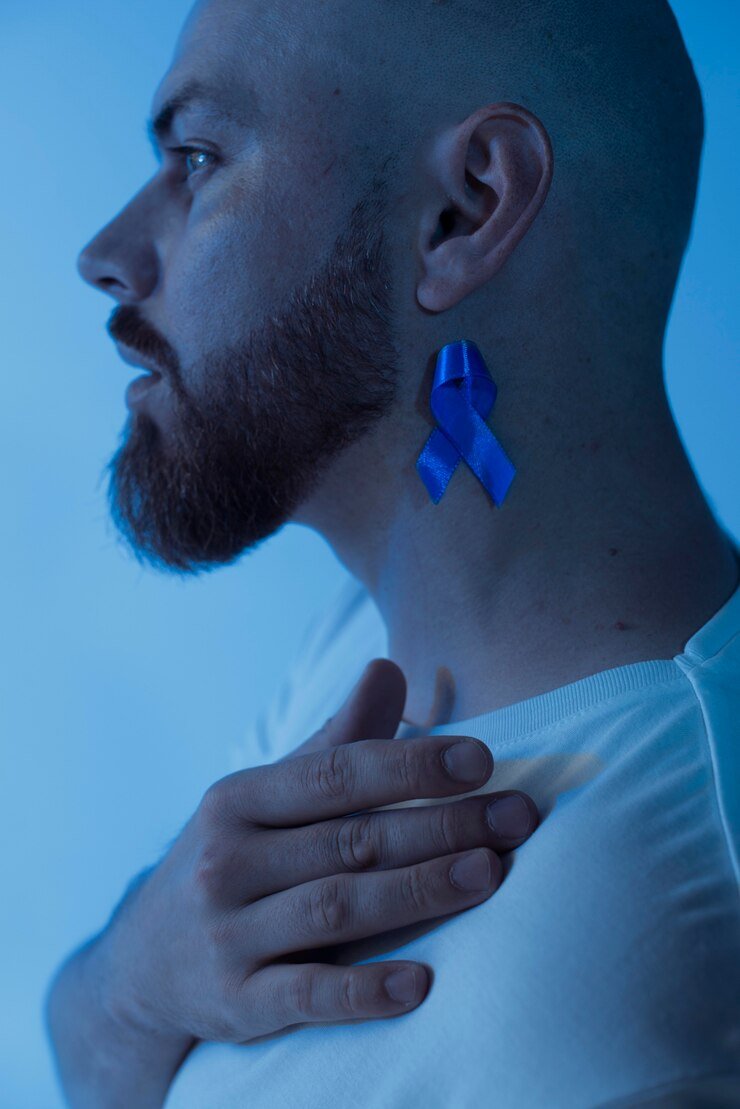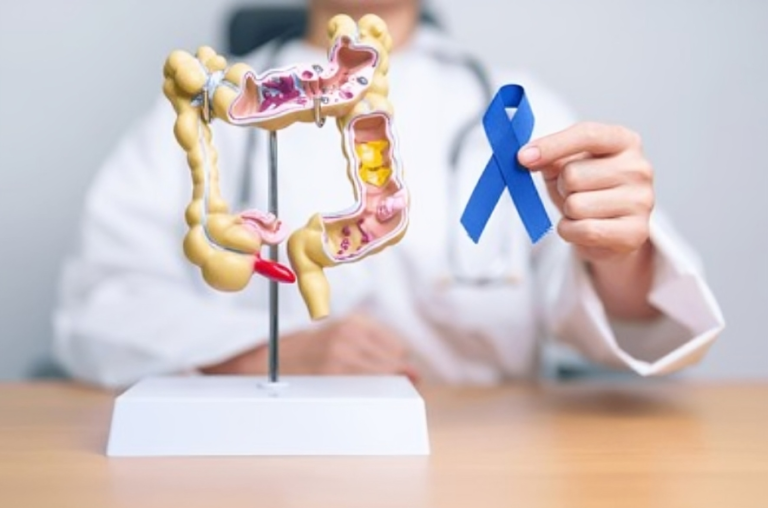Breaking the Silence Navigating the Landscape of Breast Cancer.
Breast cancer, a formidable adversary affecting both men and women, stands as one of the most prevalent and well-known forms of cancer worldwide. With far-reaching implications for physical and emotional well-being, understanding the complexities of breast cancer, from risk factors to diagnostic methods and treatment options, is paramount. In this article, we will delve into the multifaceted aspects of breast cancer, shedding light on the challenges faced and the avenues of hope in its diagnosis and treatment.
Types and Variations
A. Ductal Carcinoma In Situ (DCIS)
- Early-stage cancer is confined to the milk ducts.
- Often considered non-invasive but may progress to invasive cancer if left untreated.
B. Invasive Ductal Carcinoma (IDC)
- The most common form originates in the milk ducts and invades nearby tissues.
- Various subtypes with different characteristics and growth patterns.
C. Invasive Lobular Carcinoma (ILC)
- Originates in the lobules of the breast.
- May be more challenging to detect with mammography.
Risk Factors and Prevention
A. Gender and Age
- Women are more commonly affected, but men can also develop breast cancer.
- Risk increases with age, particularly after 50.
B. Genetic Factors
- Inherited mutations in BRCA1, BRCA2, or other genes increase susceptibility.
- Genetic testing for individuals with a family history may provide valuable information.
C. Hormonal Influences
- Hormone replacement therapy and early menstruation or late menopause may elevate risk.
- Lifestyle modifications and medications may mitigate hormonal risks.
Early Detection and Diagnosis
A. Mammography
- X-ray imaging for detecting abnormalities in breast tissue.
- Regular screening for early detection, particularly in high-risk individuals.
B. Breast Self-Exams
- Routine self-checks to identify changes in breast tissue.
- Important for early recognition of potential abnormalities.
C. Biopsy
- Tissue sample analysis to confirm the presence of cancer.
- Determines the type and stage of breast cancer.
Treatment Approaches
A. Surgery
- Lumpectomy or mastectomy, depending on the size and location of the tumor.
- Sentinel lymph node biopsy to assess the spread of cancer.
B. Radiation Therapy
- Targeted radiation to destroy cancer cells after surgery.
- Adjuvant therapy to reduce the risk of recurrence.
C. Chemotherapy
- Medications to kill or slow the growth of cancer cells.
- Administered before or after surgery, or in advanced cases.
D. Hormone Therapy
- Targets hormone-receptor-positive cancers.
- Blocks or reduces hormone production to impede cancer growth.
E. Targeted Therapies
- Precision medications targeting specific molecules involved in cancer growth.
- May be used in combination with other treatments.
Survivorship and Support
A. Survivorship Programs
- Tailored programs addressing the unique needs of breast cancer survivors.
- Focus on physical and emotional well-being.
B. Supportive Care
- Palliative care to manage symptoms and improve quality of life.
- Emotional and psychological support for patients and their families.
Conclusion
Breast cancer, a complex adversary, demands a holistic and multidisciplinary approach to effective management. With advancements in early detection, personalized treatment strategies, and comprehensive support systems, there is hope for improved outcomes and a better quality of life for those affected by breast cancer. Breaking the silence surrounding breast cancer involves not only medical intervention but also fostering awareness, support, and a commitment to ongoing research and progress in the fight against this formidable disease.








